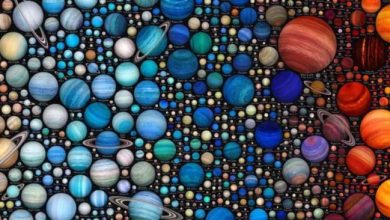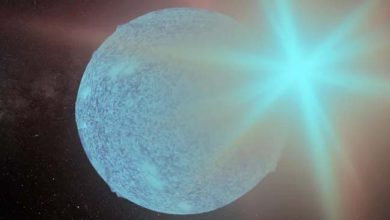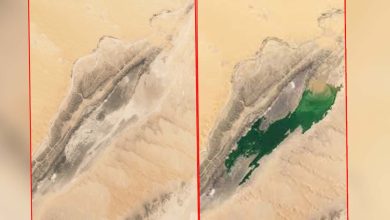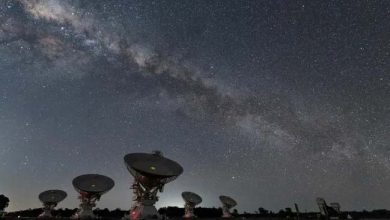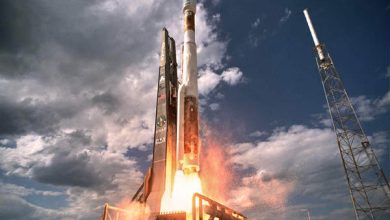The Pluto Problem: Is it time to rethink our definition of a planet?
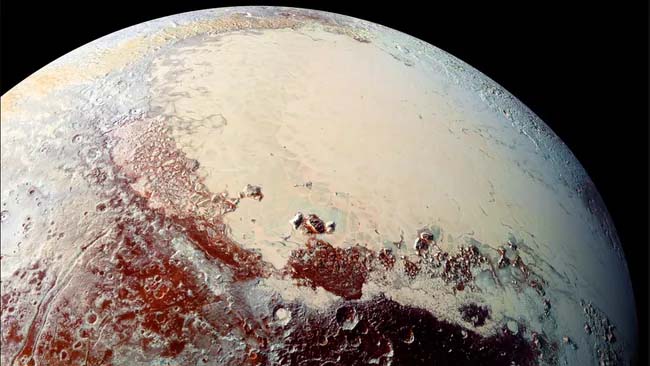
Technology: In 2006, the International Astronomical Union (IAU) voted on the definition of a planet. Famously, Pluto no longer met the criteria and was demoted to a dwarf planet. Things have gotten a little messy since then – so is it time to redefine a planet?
To be honest, this was coming for Pluto. There was never an official definition of the term “planet”, and astronomers have always played fast and loose with its use. To the ancient Greeks, a planet was any “wandering star”, including the sun and moon. With the Copernican Revolution, the definition changed: Earth was considered a planet in its own right, the moon was demoted to a satellite, and the sun was promoted.
This worked for over 200 years, until William Herschel discovered Uranus and Giuseppe Piazzi discovered Ceres, the largest object in the main asteroid belt between Mars and Jupiter. Initially, both Uranus and Ceres were classified as planets. But when more objects sharing orbits similar to Ceres were found, astronomers had to rethink things — of course, planets stay alone. Herschel proposed the term “asteroid” for the smaller objects between Mars and Jupiter, while Uranus remained a planet (a situation that certainly benefited Herschel’s own legacy).
Astronomers were still comfortable with those classifications when Clyde Tombaugh discovered Pluto in 1930. But that new planet was a stretch – its orbit was really weird and it was much smaller than other planets, so it didn’t take long for astronomers to wonder if they should re-examine the way they classified objects.
From the 1990s on, astronomers started finding more objects that shared orbits similar to Pluto. But the real nail in the coffin for planets came in 2005, when astronomer Mike Brown discovered Eris, an object about the same size as Pluto orbiting beyond Neptune.
So, in 2006, when astronomers gathered at the IAU meeting in Prague, a large contingent pushed for that body to define what a planet should be. There were two camps: geophysicists who argued that planets should be defined by their appearance, and dynamicists who believed that planets should be defined by their properties.
In short, geophysicists argued that a planet should be anything that was massive enough that its own gravity pulled it into a roughly spherical shape. Dynamicists countered that a planet should be anything that could dominate and clear its orbit of any debris. The first definition would allow Pluto to be a planet, along with Ceres and all of Pluto’s co-orbital friends. The latter definition would exclude all those smaller bodies.

